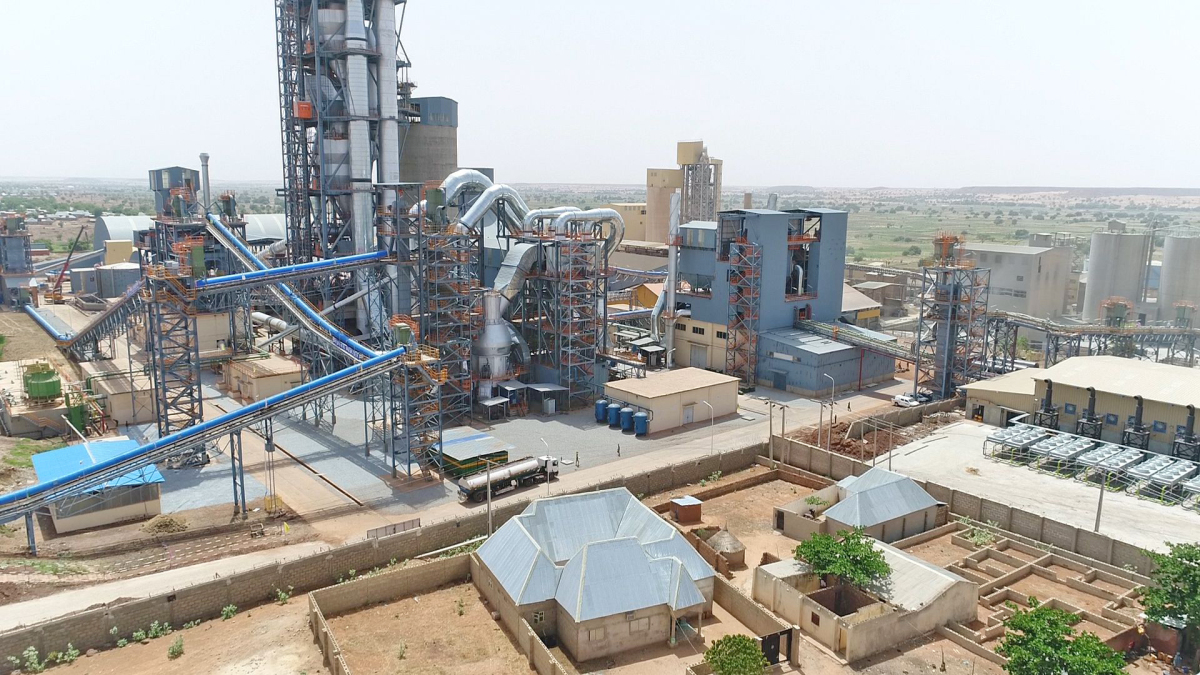Cement production in Africa suffers from a myriad of problems. These include high energy costs, cheap imports and over capacity but it still attracts new entrants each year given the fact that the continent is ripe with major infrastructure projects in the pipeline and demand continues to rise year on year. However, high production costs and low priced imports plagues the development of the local cement production industry. Add to this a growing over capacity. In 2020 the market faced the additional challenges paused by the Covid pandemic.
East Africa
In Tanzania the country faced its worst crisis in recent years when all four cement producers closed down ostensibly for maintenance purposes in the latter part of 2020. This resulted in diminished supplies to the construction industry which saw the price of cement rise significantly prompting the government try to intervene and clamp down on dealers who were hoarding the commodity. Surprisingly this came despite the county having an overcapacity as demand stands at about 5.5million tons against a production capacity of about 10 million tons. Cut throat pricing and cheap imports has meant razer thin profit margins
Tanzania cement production capacity stands at 10 million tons per annum
The four main cement manufacturers are Twiga Cement based in Dar es Salaam, Tanga Cement in Tanga, Mbeya Cement in Mbeya and Dangote Cement located in Mtwara in Southern region.
In Kenya the price of cement has remained relatively steady in 2020 with cement price per 50kg bag standing at around Ksh650 when compared to the turmoil witnessed in Tanzania and Nigeria. The cooling off of investor interest is evident with no new plants having come up recently. In West Pokot region Cemtech, a subsidiary of India’s Sanghi Group has sold off its interests in the limestone rich area to a local firm after failing to move forward in establishing a new cement plant in the area that had been slated at a cost of over US$100 million.
Kenya cement production capacity stands at 13 million tons per annum
The market in Kenya is gearing for sustained growth owing to infrastructure projects that have taken off and the pandemic has had little impact in the market for the long term. Current demand is estimated at 6 million tons per annum against a production capacity of 13million tons.
West Africa
In Nigeria the year closed with a spike in the price of cement from NGN2600/50kg to NGN3500/50kg with prices reaching even NGN4500 in outlying areas. Players in the industry stated that the rise was due to the transport logistics owing to an increase in fuel costs along with heightened demand in an environment of reduced production as plants carry shutdown for maintenance. A move also seen in Tanzania that seems to be a trend as producers opt for reduced production in order to shore-up prices.
The key players in Nigeria are Dangote (29Mtpa), Lafarge (10.5 tpa) and BUA who have a combined capacity of about 45 million tons per annum against a demand of about 25 million tpa.
Nigeria cement production capacity stands at 45 million tons per annum
Despite this over-capacity the price of cement remains high in the country compared to its neighbors.
South Africa
Overall the South African market is awakening from the pandemic at the end of the year with infrastructure and housing projects kicking in. However a dark clouds looms on the horizon with the expiry of tariff restrictions on cheap cement imports from the East which is seem as the greatest risk to the industry. The feeling amongst industry players is that the cheap imports will have a negative impact on the sustainability of the local industry if they are not extended. Cheap blended alternatives also pose a threat to the higher quality standards of local products.
South Africa cement production capacity stands at 20 million tons per annum
Imports
Across Africa dumping of cheap cement from far east markets continues to plague the local industry distorting pricing and depressing demand for locally produced cement. The lack of protection of local markets threatens its viability which sluggish demand in 2020 due to the pandemic has only exacerbated matters.
Infrastructure and housing projects will offer a glimmer of hope for cement production.
Cement production in Africa will likely face consolidation as the impact of increased production and competition forces smaller players to shut down. The entry of Chinese in this scenario as they buy in could cause further woes for the local industry. ARM in Tanzania has already been bought by a Chinese firm. Newer firms that are more efficient and environmentally friendly will be the winners in the race.



Achat et vente en gros, je souhaite recevoir le prix de la tonne de ciment en gros .
Un devis et comment .